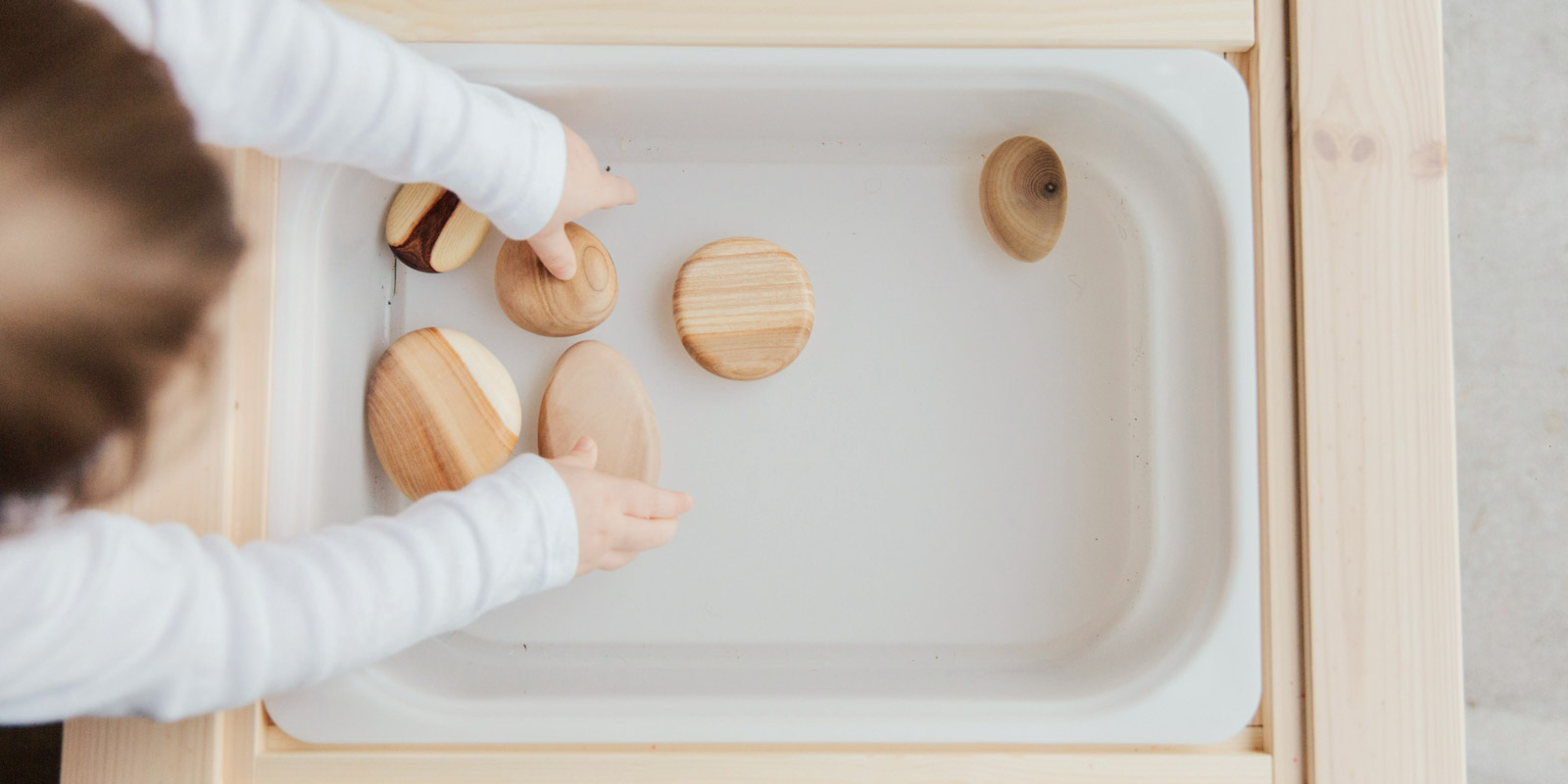
Early childhood educators working with babies and toddlers will notice a developmental stage that involves a love for posting objects. The term “posting” simply means placing an object into a container.
A container can have a wide opening (like a plastic tub), or it can have a narrow opening (like the slit in a post box). As they learn about holding and manipulating objects, children may challenge themselves to fit large objects through small holes.
EYLF learning outcomes
The Early Years Learning Framework (EYLF) asks children to take increasing responsibility for their own physical learning (3.2), which includes the fine motor skills used in posting objects.
Young children love finding new objects to post. These can be made from natural and processed materials (4.4).
While manipulating and exploring objects, children develop learning dispositions such as confidence, commitment, imagination, enthusiasm and persistence (4.1), and skills like problem-solving, experimentation, investigating and hypothesising (4.2). Children may transfer and adapt what they have learned when posting different objects into different containers (4.3).
Learning experiences
Early childhood educators can support children to develop their interest and skills in posting objects. However, commercial toys are never needed. Use everyday objects in creative ways.
Provide a learning environment that has a wide variety of small objects and containers that children can use for posting. Remember that children may choose to use these items in other ways, in addition to posting games.
Jane Squires is an expert in early childhood development and early identification of delays. She writes about posting objects in an article on the Ages & Stages Questionnaires website. Parents and educators can support children between 8 and 12 months:
“Make a simple puzzle for baby by putting ping pong balls into a muffin pan or egg carton. Or, cut a round hole in the lid of a coffee can and let baby drop wooden clothespins or ping pong balls inside.”
Container ideas
- Empty tissue boxes
- Cardboard boxes or ice cream containers with openings or slits (educators can cut these out)
- Bags, purses and hats
- Envelopes
- Cupboards and shelves
- Clothing with pockets
- Letterboxes or postboxes
Object ideas
- Pieces of folded paper
- Small toys like blocks, play money or pretend food
- Large beads or buttons
- Pompoms or foam shapes
- Stones, seed pods, leaves, feathers or shells
Interactions
Build vocabularies
Early childhood educators can help children build their vocabularies through verbal interactions. Start by using words that describe the child's actions:
- “You are putting the letter IN the post box.”
- “You are taking the toy OUT of the container.”
Extend the learning
Educators can give children extra challenges:
- How many balls fit into the bag?
- Let's put all the pompoms in the box? Can we do it super fast?
- Should we write a letter to put in that envelope?
- Can you put your hat into your bag? Which bag is yours?
